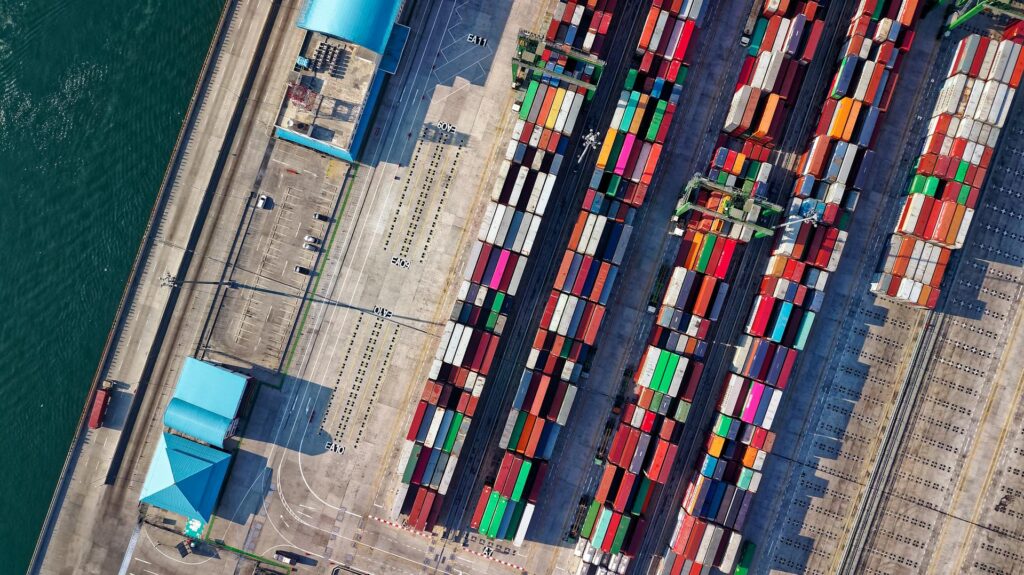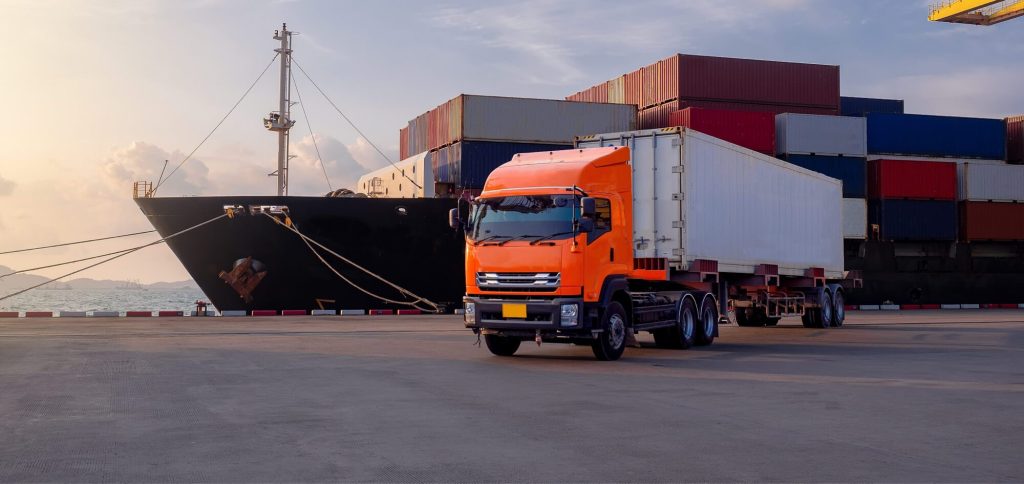You Don’t Need Another System -
You Need Better Data:
What We Heard (and Didn’t hear) at Transport Logistic 2025
By Anne L. Wulff & Agnes Gereb, Gatehouse Maritime
This was our first time attending Transport Logistic in Munich, and it’s fair to say the scale of it took us by surprise. Four days, twelve halls, and what felt like fifty kilometers of walking later, Agnes Gereb and I ended the week somewhere between genuinely inspired and completely wiped out – comparing notes, sore feet, and the quiet relief of sitting still for more than ten minutes.
It was a valuable chance to see how different parts of the logistics industry present themselves. Tech companies, transport providers, infrastructure operators, AI vendors—everyone was there. The conversation was broad, ambitious, and surprisingly consistent in one regard: most systems are already too complex. What people really want is better data to work with – not another layer of tooling.
Our Take on the Current State of Digitization in Logistics
1. There’s increasing demand for better integration across modes
We spoke with several rail operators and inland hubs who are already trying to build their planning logic around when ships will actually arrive and berth. The challenge is that many don’t have that data in a usable, consistent format. That’s a gap we can help close—not by adding another tool, but by providing data that slots into what they already use.
2. There’s plenty of AI talk, but the data foundation is still patchy
AI and automation came up in almost every second conversation. But a lot of these systems are still working with incomplete or outdated input, especially when it comes to vessel activity or port conditions. The use cases are promising, but they’ll only work if the upstream data improves.
3. Emissions reporting is no longer theoretical
Carriers and shippers are increasingly required—by regulation and market pressure—to report emissions data across the entire transport chain, including the sea leg. However, without consistent access to data on port calls, waiting times, and vessel behavior, accurate emissions reporting remains questionable
Challenges That Still Don’t Get Enough Attention
1. Most systems still stop at the port gate
There’s a clear divide between what happens at sea and what happens inland. Vessel ETAs, port congestion, anchorage times—these are all known, measurable things. But they often don’t reach the planning tools used by rail or trucking. That disconnect creates delays that are avoidable.
2. Too many logistics tools still don’t talk to each other
There’s no shortage of systems. But many operators don’t want another platform. They just want reliable data to feed into the one they already use. That’s where an API-only approach makes sense—and it’s why we stay focused on being a data provider, not a platform builder.
3. The ocean leg is still treated as a black box
For many, planning starts only once the ship has berthed. But disruptions usually begin well before then—often days earlier, at sea or in anchorage. If that’s not visible upstream, the inland planning that follows is always reactive.
A Quiet Role, A Clear Need: Making Maritime Data Work Across Systems
For us at Gatehouse Maritime, the key takeaway is this: there’s a clear demand for better integration between maritime and inland logistics – but not through new systems or interfaces. The majority of people we spoke with aren’t looking to add another tool to their stack. What they need is access to reliable, real-time maritime data that fits into the planning environments they already use – whether that’s a TMS, a terminal operating system, or an internal data platform.
That validates the path we’re on. We’re going to stay focused on what we do best when it comes to serving the logistics industry:
- Providing standardized, high-quality maritime data via API
- Supporting accurate ETAs, anchorage insights, congestion indicators, and more
- Helping logistics players with standardized, consistent container milestones across multiple ocean carriers
Instead of trying to be everything, we’re continuing to be a reliable piece of the puzzle.
If you’re working on something where better container and vessel tracking data could help you plan, coordinate, or forecast more effectively—we’re happy to talk. The conversations we had in Munich made it clear that this isn’t a niche need anymore. It’s becoming standard.





